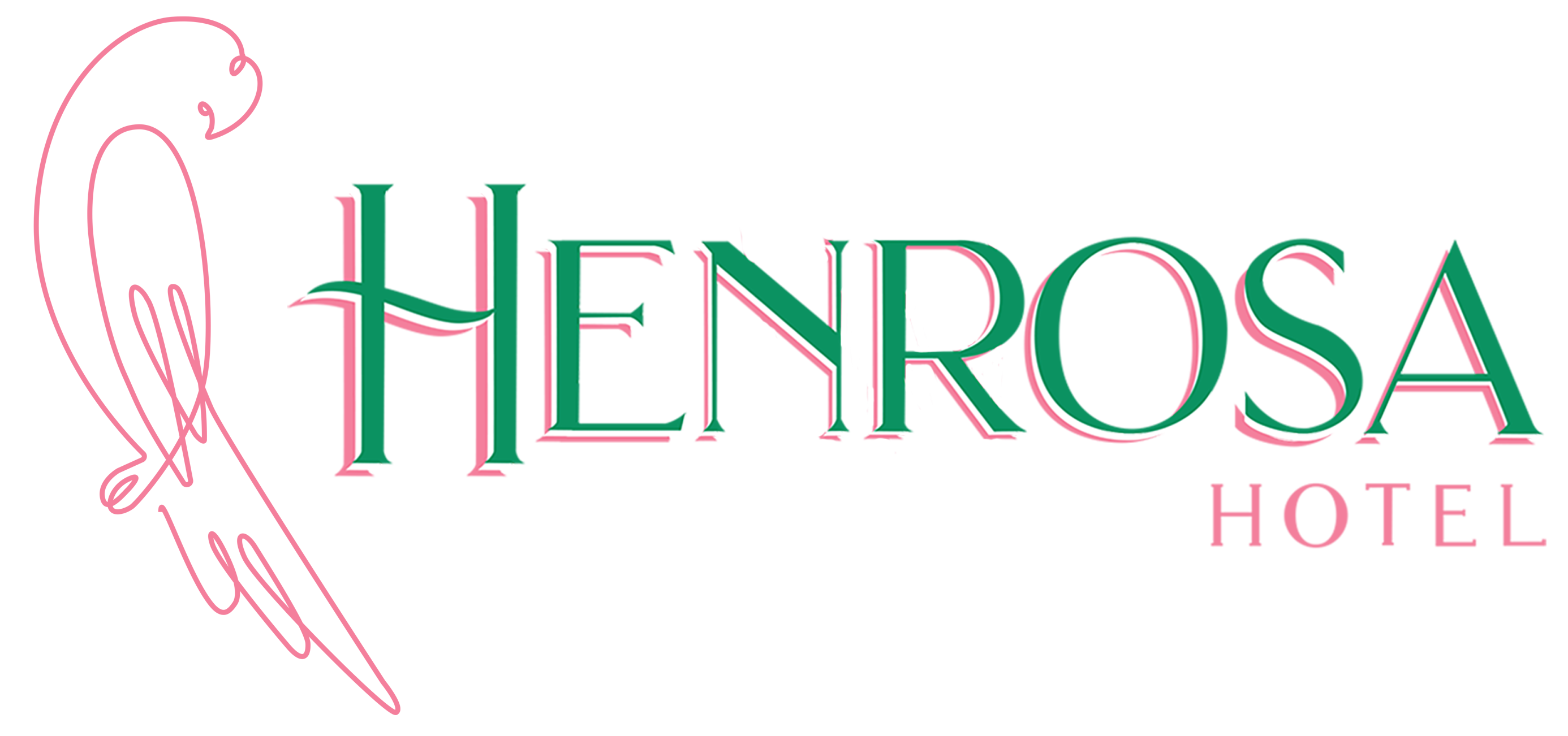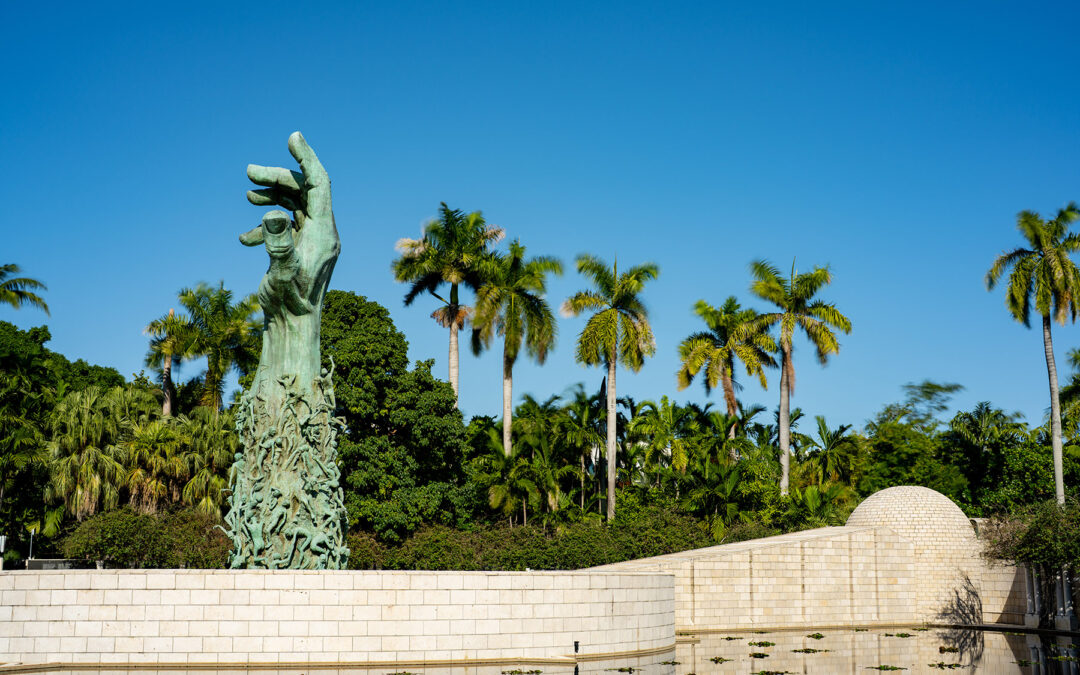Conveying the Unimaginable, Remembering the Unthinkable
In the year 1984, a small community of Holocaust survivors united with a shared vision to create an enduring Holocaust memorial museum in Miami. Dedicated to the six million Jews who tragically lost their lives at the hands of the Nazis. Their collective efforts led to the formal establishment of the Holocaust Memorial Museum Committee. Which is a nonprofit organization committed to this significant cause.
Recognizing the significance of Miami Beach, the committee chose this location for the memorial. South Florida boasts one of the largest populations of Holocaust survivors in the United States. Many residing within the city limits.
Abe Resnick is one of the committee’s founding members and a Miami Beach City Commissioner In an interview with The Miami Herald in 1985 he said “The region is home to 20-25,000 survivors. We believed that this was the most fitting place to erect a monument representing all of Florida.”
However, not everyone supported the idea of a memorial in Miami Beach. Opponents argued that the city was synonymous with leisure and entertainment and that a memorial would be too solemn for a vacation destination.
“Gloom is doom! Don’t transform one of the few bright spots in this city into a cemetery,” objected Florence Shubim, a member of the Miami Beach Garden Club. The Garden Club had plans to expand their center adjacent to the proposed site of the memorial, which were thwarted by the memorial’s footprint.
Additionally, some individuals contended that a memorial on city-owned land violated the principle of the separation of church and state, asserting that it constituted a religious monument. However, while the memorial serves as a tribute to the six million Jewish victims of the Holocaust. It is unequivocally a historical monument, devoid of religious symbols.
Stories of Survival
In an attempt to sway the decision, around 500 people gathered at a meeting of the Miami Beach Planning Board on November 27, 1984. Dozens of Holocaust survivors from across South Florida were transported to the meeting. They all passionately pleaded with the Boar. Certainly they were all sharing their personal stories of loss and devastation.
“I lost five sisters and five brothers,” tearfully recounted 79-year-old Clara Linder.She was speaking in Yiddish through a translator, as reported by The Miami Herald. “They were all killed.” Machela Oksenhenbler, 80, rolled up her sleeve to reveal a faded tattoo on her forearm. She was bearing the numbers 54092, a mark inflicted by the Nazis. Moved by the survivors’ testimonies, the Planning Board unanimously approved the memorial. Eight days later, the City Commission also granted approval for the memorial’s construction.
Destined for the Memorial
Destiny Fortuitously, the proposed location for the Holocaust memorial Museum encompassed several city blocks with the address range of 1933-1945 Meridian Avenue. This coincides precisely with the years of the Nazi regime and its persecution of Jews. This coincidence further solidified the belief among many that the memorial’s placement was destined (bashert) and convinced several city legislators that it should occupy this specific spot. The Holocaust Memorial Committee entrusted the monumental task of conveying to architect Kenneth Treister.
“Imagine yourself in a concentration camp in Poland, surrounded by Nazis, cut off from the outside world, enduring immense suffering, sacrificing your life,” Treister contemplated when tasked with memorializing the Holocaust victims. “Each one of them probably died believing that no one would ever care, know, or remember.” Have a memorable visit by staying at the Henrosa Art Deco Hotel that is located on 1435 Collins Avenue. For reservations call (786) 583 0400.
If you would like to know more about the history of Miami Beach you may visit this link.

